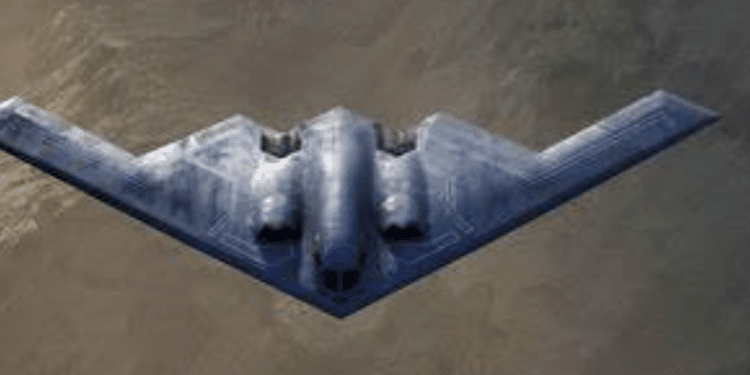The Guam Gambit: How the U.S. Used Strategic Theater to Mask a Devastating Strike on Iran’s Nuclear Core
Editorial by Staff Writer Lisel B
In the early hours of June 22, 2025, the world watched as B-2 Spirit bombers lifted off from Andersen Air Force Base in Guam. The move was widely interpreted as a show of force—a deterrent posture amid rising tensions with Iran. But while headlines focused on the Pacific, the real story was unfolding thousands of miles away, beneath the mountains of Fordow.
The U.S. military, in coordination with Israeli intelligence, executed one of the most audacious airstrikes in recent history. Using a combination of stealth bombers and submarine-launched Tomahawk cruise missiles, the operation targeted Iran’s most fortified nuclear sites: Fordow, Natanz, and Isfahan. The Fordow facility, buried deep within a mountain, was struck with six GBU-57 Massive Ordnance Penetrators—30,000-pound “bunker busters” designed to obliterate subterranean targets.
But the question that lingers isn’t just about the scale of destruction. It’s about the choreography. Why did the Pentagon make such a public display of B-2s heading west to Guam, while the real strike force flew east?
The answer may lie in the art of strategic misdirection. By deploying B-2s to Guam—a move that was tracked and reported by global media—the U.S. created a narrative of deterrence, not imminent action. Guam, after all, is a known staging ground for long-range operations, but it’s also a geopolitical red herring. The real payload was already en route from other undisclosed locations, flying under the radar—literally and figuratively.
This tactic isn’t new. Military deception, or “MILDEC,” has long been a cornerstone of U.S. doctrine. From inflatable tanks in World War II to cyber feints in modern warfare, the goal is the same: confuse, distract, and strike where the enemy least expects. In this case, the misdirection wasn’t just aimed at Iran—it was aimed at the global media ecosystem that thrives on visible movement and official statements.
President Trump’s announcement following the strike was characteristically blunt: “Iran’s key nuclear enrichment facilities have been completely and totally obliterated”. But the precision of the operation—and the silence that preceded it—suggests a deeper layer of planning. The use of stealth aircraft, submarine-launched missiles, and coordinated cyber disruption of Iranian air defenses points to a campaign designed not just to destroy, but to disorient.
Fordow, the crown jewel of Iran’s nuclear program, was believed to be impervious to conventional attack. Its location beneath a mountain made it a symbol of resilience. That myth was shattered in minutes. The GBU-57s, each capable of penetrating 200 feet of reinforced concrete, turned the facility into rubble. Meanwhile, 30 Tomahawk missiles rained down on Natanz and Isfahan from U.S. submarines stationed in the Arabian Sea.
The implications are staggering. Not just for Iran, but for the global understanding of how military narratives are shaped. The Guam deployment was not a bluff—it was a decoy. And in the age of satellite surveillance and open-source intelligence, it was a masterclass in narrative manipulation.
For media analysts and watchdogs, this raises uncomfortable questions. How often are we reporting on shadows while the substance moves elsewhere? How many “official” deployments are designed not to inform, but to mislead? And what role do journalists play in perpetuating—or piercing—these illusions?
In the aftermath, Iran has vowed retaliation, but its options are limited. The psychological impact of the strike may outweigh the physical damage. By proving that even Fordow is vulnerable, the U.S. has redrawn the boundaries of deterrence. But it has also escalated the stakes of deception.
As the dust settles, one truth emerges: in modern warfare, visibility is vulnerability. And sometimes, the loudest moves are meant to distract from the deadliest ones.





